Dar el qadi,
a safe heaven to recharge your batteries
In the historic center of Marrakech, Dar el Qadi, the house of an astronomer judge, was restored by Quentin Wilbaux carrefuly respecting the ancient architecture, the materials and the traditional know-how specifically to welcome you.
With your family or your friends, through an workshop or a seminar, Dar el Qadi welcomes you to come and live a journey of revitalization, relaxation and serenity.
Convivial spaces, festif spaces around the fountain, next to the house fire or in the sun on the spacious terraces, dar el qadi offers a wide variety places with deep and enchanting character. A unique experience in one of the oldest and most beautiful house situated at the heart of Marrakech’s medina. To share intimate and welcoming moments with your family, or through the help of diverse tools of self-development, to widen your field of consciousness and live in harmony with yourself, the others and the world that surrounds you.



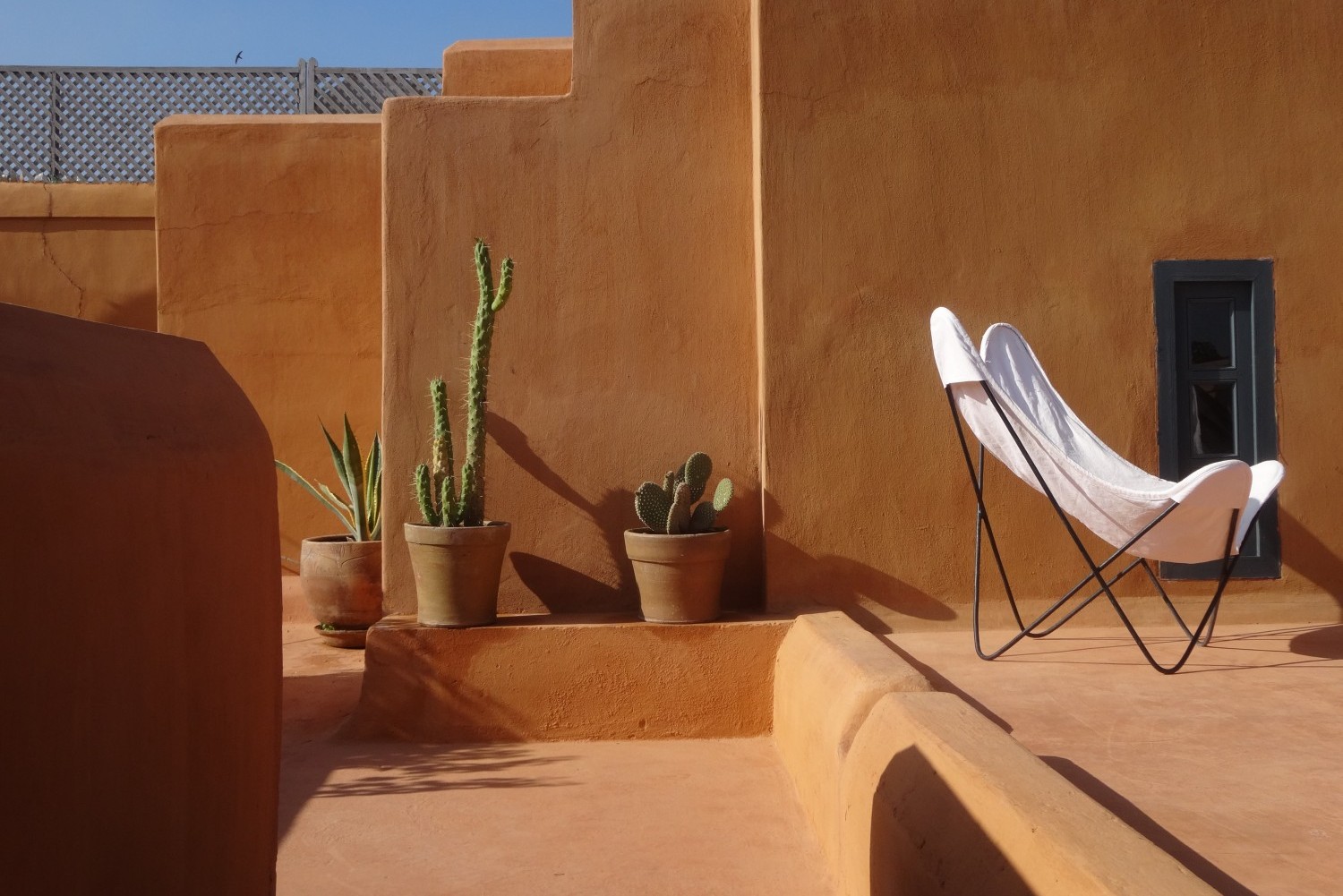
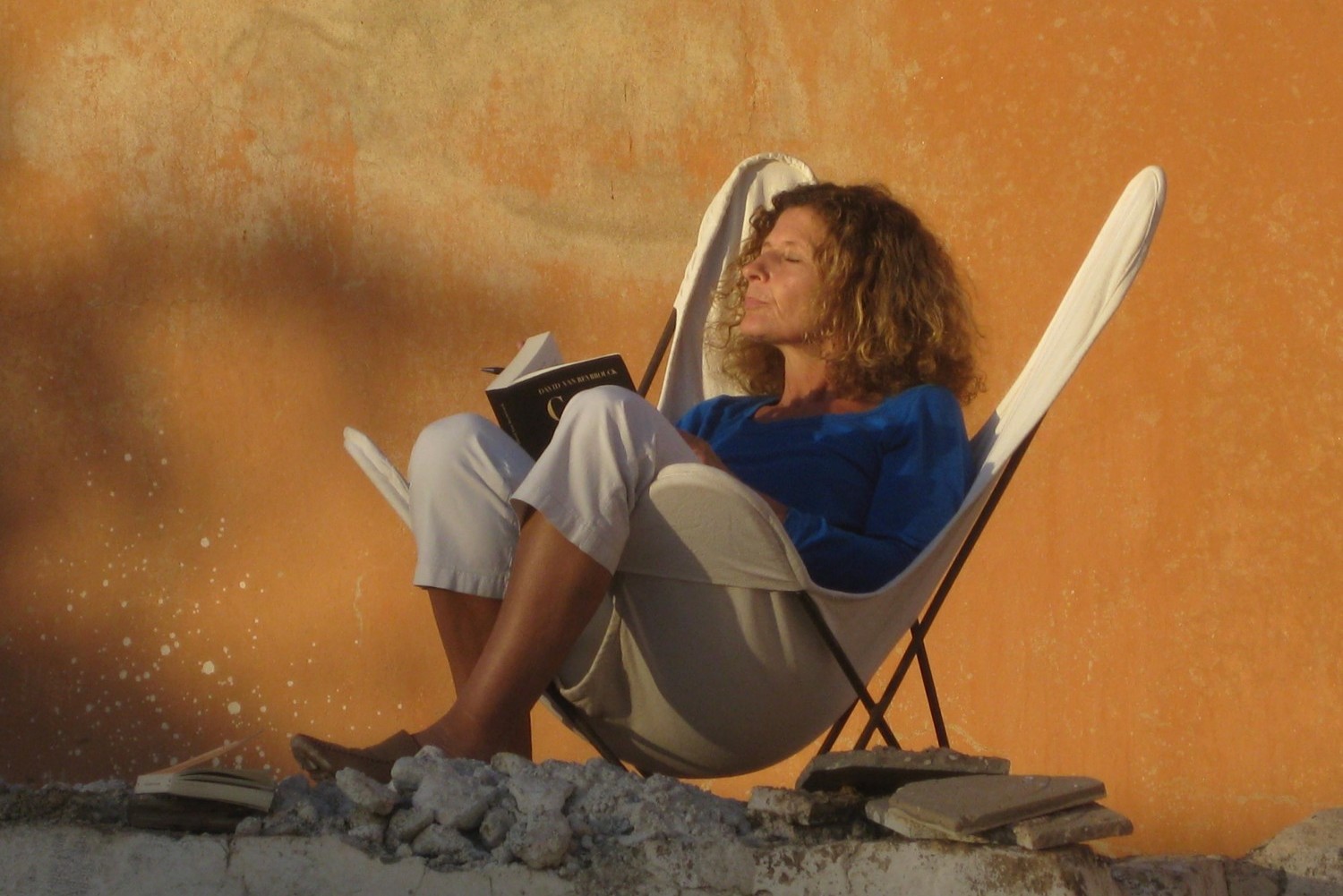
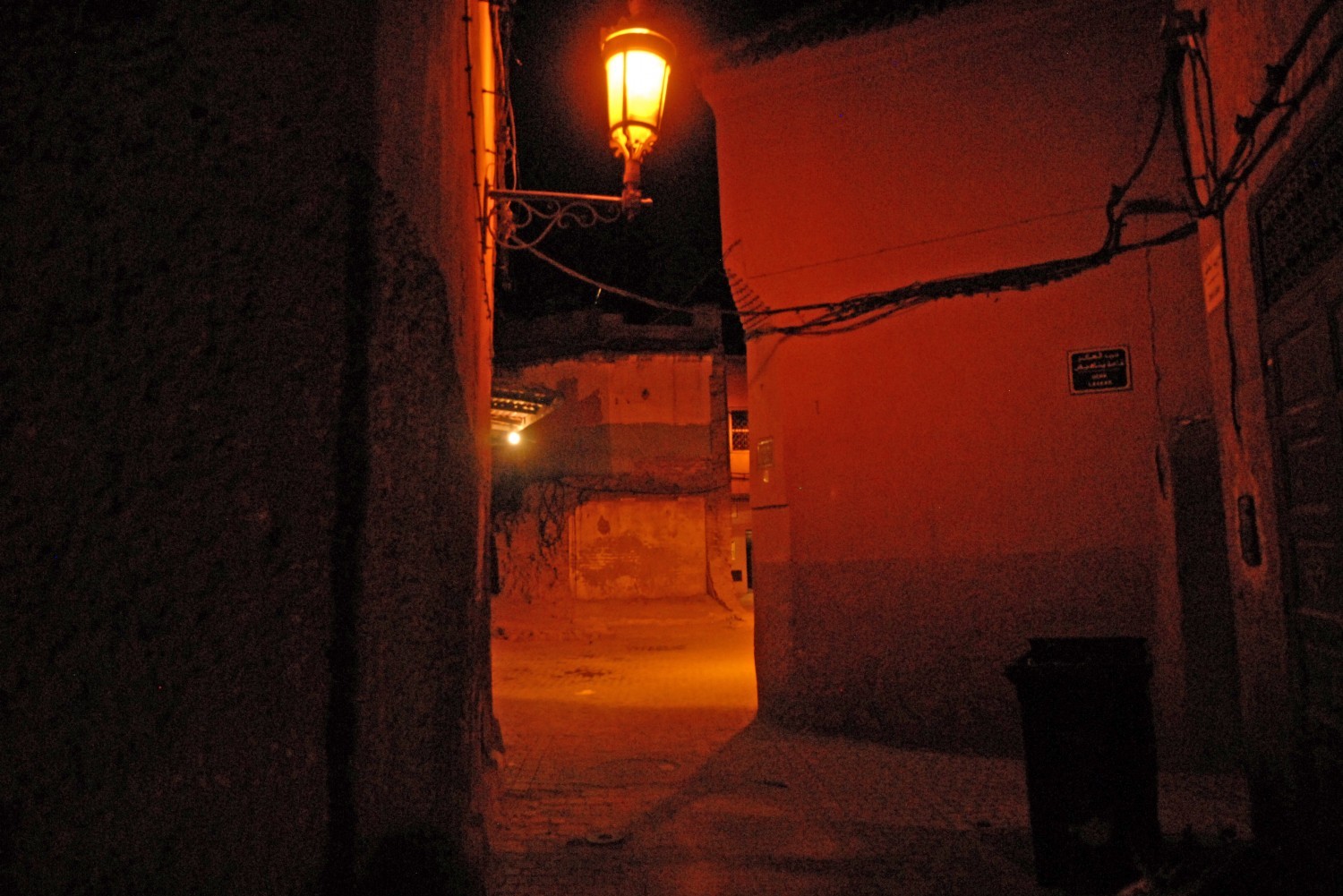
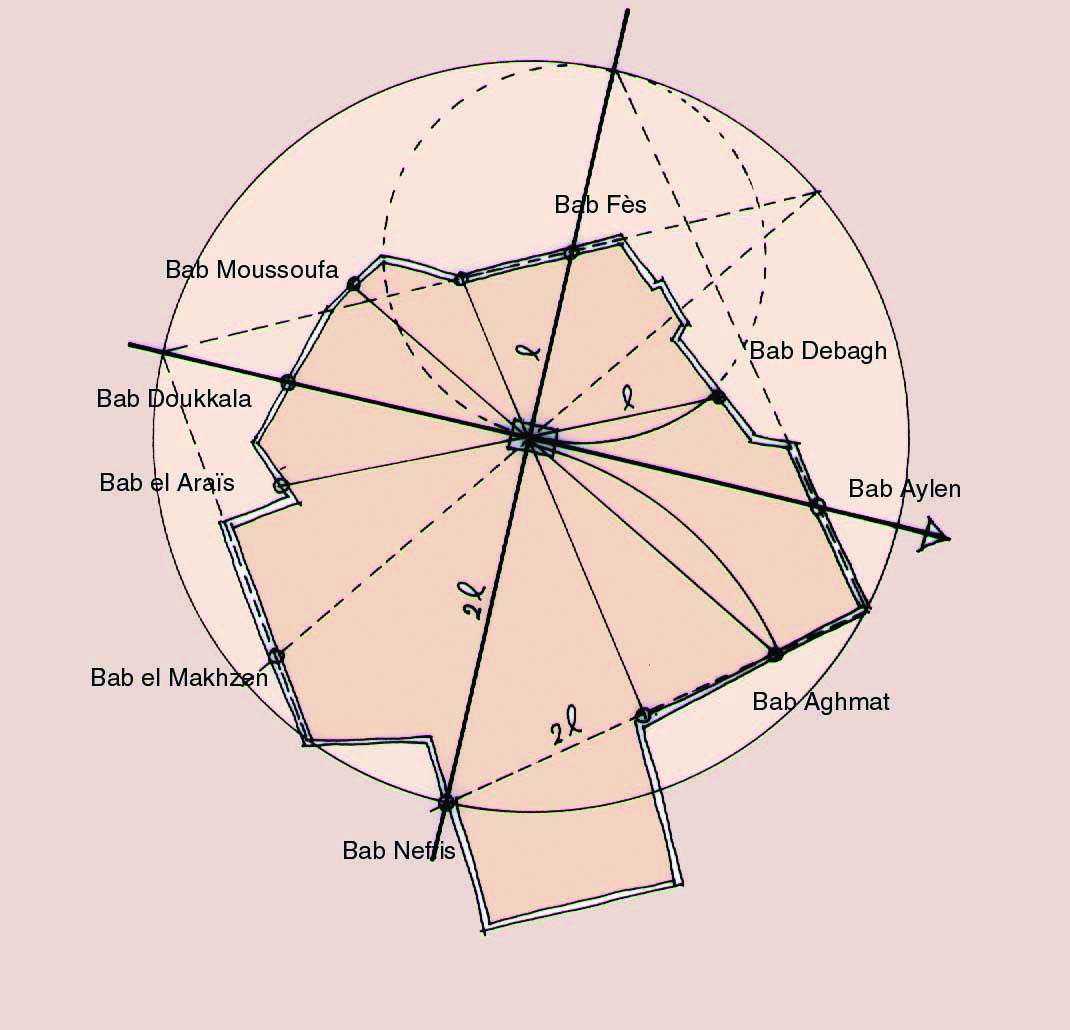
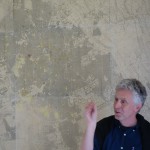 Quentin Wilbaux or the safeguard of the Medina
Quentin Wilbaux or the safeguard of the Medina